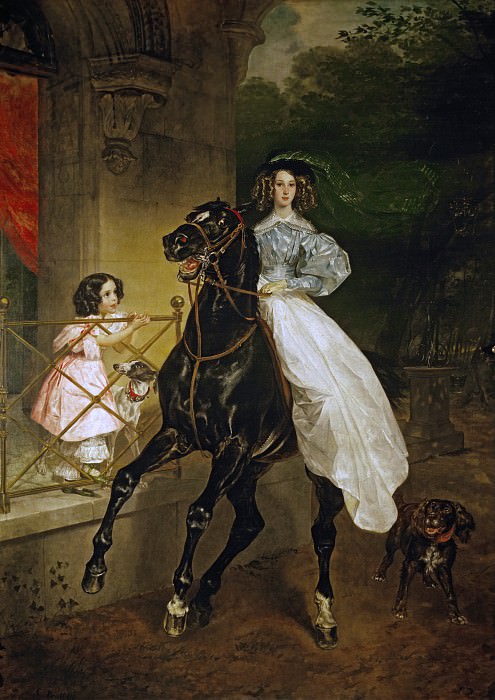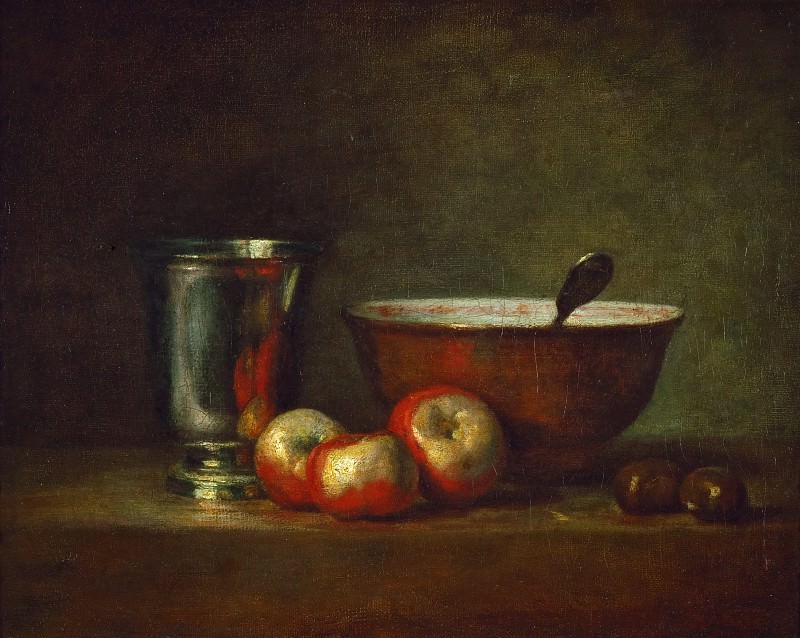John Nash: A Visionary Artist of the English Landscape
John Nash was a master of capturing the delicate beauty of the English countryside, transforming his keen observations into powerful, emotive art. His work stands as a testament to his profound connection with nature, offering a glimpse into the quiet, yet dynamic, world of the rural landscape. Born in London in 1893, John Nash was the younger brother of the famous artist Paul Nash, but he quickly established his own distinct voice in the art world, characterized by his unique blend of realism and romanticism.
Early Influences and Artistic Development
Nash’s early exposure to the world of art was largely due to his brother Paul, who encouraged him to pursue drawing and painting. Unlike Paul, who received formal training at the Slade School of Fine Art, John Nash was mostly self-taught. This autodidactic approach allowed him to develop a style that was unencumbered by the strictures of academic training. His early works were influenced by his deep love for the natural world, and he often spent time exploring the countryside, sketchbook in hand, capturing the nuances of the landscapes he encountered.
His career as an artist was temporarily interrupted by World War I, during which he served in the Artists' Rifles. The war had a profound effect on Nash, and he produced several poignant works that depicted the horrors of the conflict. However, it was his post-war landscapes that truly defined his career. After the war, Nash moved to the village of Gerrards Cross, where he immersed himself in the rural life that would become the primary subject of his art.
The Essence of the English Countryside
Nash’s paintings are characterized by their meticulous attention to detail and their ability to evoke the mood and atmosphere of the landscape. He had an extraordinary ability to capture the changing seasons, the play of light on fields and trees, and the subtle shifts in color that mark the passage of time. His landscapes are imbued with a sense of tranquility, yet they are also dynamic, reflecting the ever-changing nature of the environment.
One of the hallmarks of Nash’s work is his use of color. He employed a palette that was both rich and restrained, using muted tones to convey the softness of the English countryside. His mastery of color allowed him to create a sense of depth and distance in his paintings, drawing the viewer into the scene. Nash’s landscapes often feature rolling hills, quiet meadows, and expansive skies, all rendered with a clarity and precision that belies their simplicity.
The Influence of Modernism
While Nash is often associated with traditional landscape painting, his work was also influenced by the modernist movement. He was a member of the avant-garde group Unit One, which was founded by his brother Paul Nash and included artists such as Henry Moore and Barbara Hepworth. This connection to the modernist movement can be seen in Nash’s approach to composition and his use of geometric forms.
In some of his works, Nash experimented with a more abstract style, simplifying the landscape into basic shapes and forms. However, even in these more modernist works, he never lost sight of the essential character of the landscape. His abstract compositions still convey a sense of place and atmosphere, and they reflect his deep understanding of the natural world.
Nash’s Legacy in British Art
John Nash’s contribution to British art is significant, not only for his own work but also for his influence on subsequent generations of artists. He was a respected teacher, holding positions at the Ruskin School of Art and the Royal College of Art, where he inspired many young artists. His commitment to depicting the English landscape in a way that was both truthful and expressive set a standard for landscape painting that continues to resonate today.
Nash’s work is held in high regard by art historians and collectors alike, and his paintings are featured in major collections, including the Tate and the Victoria and Albert Museum. His legacy is also preserved through the many exhibitions of his work that have been held over the years, both in the UK and internationally.
A Life Dedicated to Art and Nature
John Nash’s life was one of quiet dedication to his art and to the natural world that inspired him. He was a man of few words, preferring to let his paintings speak for him. His deep connection to the landscape is evident in every brushstroke, and his work continues to inspire and move those who encounter it.
Nash’s art offers a window into the soul of the English countryside, capturing its beauty and complexity in a way that few others have achieved. His paintings are more than just representations of the landscape; they are expressions of his profound understanding of nature and his ability to translate that understanding into art.
The Enduring Appeal of John Nash’s Art
Today, John Nash’s work is as relevant as ever, offering a sense of solace and connection to nature in an increasingly industrialized world. His ability to capture the essence of the English landscape has ensured that his art remains timeless, resonating with viewers across generations. Nash’s paintings remind us of the importance of preserving our natural world and the profound impact that nature has on our lives.
In conclusion, John Nash’s art stands as a testament to his extraordinary talent and his deep love for the English countryside. His work continues to inspire and delight, offering a glimpse into a world of quiet beauty and profound emotion. As we look at his paintings, we are reminded of the timeless appeal of nature and the enduring power of art to capture the essence of the world around us.
John Nash was a master of capturing the delicate beauty of the English countryside, transforming his keen observations into powerful, emotive art. His work stands as a testament to his profound connection with nature, offering a glimpse into the quiet, yet dynamic, world of the rural landscape. Born in London in 1893, John Nash was the younger brother of the famous artist Paul Nash, but he quickly established his own distinct voice in the art world, characterized by his unique blend of realism and romanticism.
Early Influences and Artistic Development
Nash’s early exposure to the world of art was largely due to his brother Paul, who encouraged him to pursue drawing and painting. Unlike Paul, who received formal training at the Slade School of Fine Art, John Nash was mostly self-taught. This autodidactic approach allowed him to develop a style that was unencumbered by the strictures of academic training. His early works were influenced by his deep love for the natural world, and he often spent time exploring the countryside, sketchbook in hand, capturing the nuances of the landscapes he encountered.
His career as an artist was temporarily interrupted by World War I, during which he served in the Artists' Rifles. The war had a profound effect on Nash, and he produced several poignant works that depicted the horrors of the conflict. However, it was his post-war landscapes that truly defined his career. After the war, Nash moved to the village of Gerrards Cross, where he immersed himself in the rural life that would become the primary subject of his art.
The Essence of the English Countryside
Nash’s paintings are characterized by their meticulous attention to detail and their ability to evoke the mood and atmosphere of the landscape. He had an extraordinary ability to capture the changing seasons, the play of light on fields and trees, and the subtle shifts in color that mark the passage of time. His landscapes are imbued with a sense of tranquility, yet they are also dynamic, reflecting the ever-changing nature of the environment.
One of the hallmarks of Nash’s work is his use of color. He employed a palette that was both rich and restrained, using muted tones to convey the softness of the English countryside. His mastery of color allowed him to create a sense of depth and distance in his paintings, drawing the viewer into the scene. Nash’s landscapes often feature rolling hills, quiet meadows, and expansive skies, all rendered with a clarity and precision that belies their simplicity.
The Influence of Modernism
While Nash is often associated with traditional landscape painting, his work was also influenced by the modernist movement. He was a member of the avant-garde group Unit One, which was founded by his brother Paul Nash and included artists such as Henry Moore and Barbara Hepworth. This connection to the modernist movement can be seen in Nash’s approach to composition and his use of geometric forms.
In some of his works, Nash experimented with a more abstract style, simplifying the landscape into basic shapes and forms. However, even in these more modernist works, he never lost sight of the essential character of the landscape. His abstract compositions still convey a sense of place and atmosphere, and they reflect his deep understanding of the natural world.
Nash’s Legacy in British Art
John Nash’s contribution to British art is significant, not only for his own work but also for his influence on subsequent generations of artists. He was a respected teacher, holding positions at the Ruskin School of Art and the Royal College of Art, where he inspired many young artists. His commitment to depicting the English landscape in a way that was both truthful and expressive set a standard for landscape painting that continues to resonate today.
Nash’s work is held in high regard by art historians and collectors alike, and his paintings are featured in major collections, including the Tate and the Victoria and Albert Museum. His legacy is also preserved through the many exhibitions of his work that have been held over the years, both in the UK and internationally.
A Life Dedicated to Art and Nature
John Nash’s life was one of quiet dedication to his art and to the natural world that inspired him. He was a man of few words, preferring to let his paintings speak for him. His deep connection to the landscape is evident in every brushstroke, and his work continues to inspire and move those who encounter it.
Nash’s art offers a window into the soul of the English countryside, capturing its beauty and complexity in a way that few others have achieved. His paintings are more than just representations of the landscape; they are expressions of his profound understanding of nature and his ability to translate that understanding into art.
The Enduring Appeal of John Nash’s Art
Today, John Nash’s work is as relevant as ever, offering a sense of solace and connection to nature in an increasingly industrialized world. His ability to capture the essence of the English landscape has ensured that his art remains timeless, resonating with viewers across generations. Nash’s paintings remind us of the importance of preserving our natural world and the profound impact that nature has on our lives.
In conclusion, John Nash’s art stands as a testament to his extraordinary talent and his deep love for the English countryside. His work continues to inspire and delight, offering a glimpse into a world of quiet beauty and profound emotion. As we look at his paintings, we are reminded of the timeless appeal of nature and the enduring power of art to capture the essence of the world around us.



